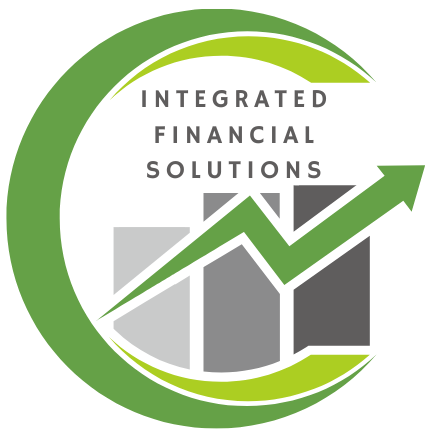You’ve probably heard the stories: big companies and wealthy entrepreneurs paying next to nothing in taxes — or even zero. Sounds impossible, right?
The truth is, many business owners legally reduce their tax liability to the bare minimum by using strategies that are 100% above board. It’s not about cheating the system — it’s about understanding the system.
In this post, we’ll break down how smart business owners leverage the tax code to minimize (or even eliminate) what they owe, and how you can start doing the same.
First, Let’s Be Clear: This Is Legal
Paying $0 in taxes legally means using the deductions, credits, and structures the IRS already allows. These strategies are built into the tax code for a reason — to incentivize certain behavior, like investing in your business, hiring employees, or supporting the economy.
If you’re strategic, and if your business is structured properly, it’s completely possible to end up with little to no taxable income.
Step 1: Choose the Right Business Entity
Your legal structure impacts how much you pay in taxes.
- S Corporations allow you to split income between salary and distributions, reducing self-employment tax.
- LLCs offer flexibility in how you’re taxed — including electing S Corp treatment.
- C Corporations come with their own set of pros and cons, especially when it comes to reinvesting profits.
Choosing the right structure is one of the first (and biggest) opportunities to control your tax bill.
Step 2: Maximize Business Deductions
Most small business owners are leaving money on the table simply because they don’t track or deduct everything they’re allowed to.
Common deductions include:
- Home office space
- Business-related meals and travel
- Office supplies and software
- Marketing and advertising
- Professional services
- Mileage and vehicle expenses
If it’s ordinary and necessary for your business, it’s probably deductible.
Step 3: Hire Your Kids or Spouse
Hiring family members is a smart, legal way to keep income in the household and lower your tax burden.
- You can pay your kids a reasonable wage for real work — and deduct it as a business expense.
- If structured correctly, the income may be taxed at a lower rate or even fall under the standard deduction, meaning no tax at all.
It’s a win-win when done properly.
Step 4: Deduct Depreciation and Use Cost Segregation
If you own property or equipment, depreciation can massively reduce your taxable income.
- Accelerated depreciation methods (like bonus depreciation) allow you to write off big-ticket items much faster.
- Cost segregation studies help you break out components of a property so you can deduct them over shorter lifespans.
This strategy is especially powerful for real estate investors and short-term rental owners.
Step 5: Use Retirement Contributions to Reduce Income
Retirement plans aren’t just for the future — they’re a powerful tax planning tool.
Business owners can contribute to:
- SEP IRAs
- Solo 401(k)s
- SIMPLE IRAs
These plans let you save for the future while reducing your current year’s taxable income. Some contributions can even be deducted at the business level.
Step 6: Write Off Health Insurance and Medical Expenses
If you’re self-employed, you may be able to deduct your health insurance premiums, along with other medical costs through a Health Reimbursement Arrangement (HRA) if you have employees — or through a strategy involving your spouse.
Healthcare is expensive. Don’t miss the chance to make it work for you come tax time.
Step 7: Shift Income, Defer Income, or Use Timing Strategies
Sometimes the secret to paying less tax is when you report income or expenses.
- Delay invoicing until January to push income into the next year
- Prepay expenses in December to load deductions into the current year
- Shift income to family members in lower tax brackets
These simple timing moves can create thousands in savings — if you plan ahead.
Can You Really Pay $0 in Taxes?
Yes — but it takes planning, the right structure, and knowing how to use the rules to your advantage. Most business owners don’t do this on their own. They work with professionals who understand how to keep taxable income as low as legally possible.
If you’re just winging it, you’re probably overpaying. But with the right strategy? Zero is on the table.
Final Thoughts
Paying $0 in taxes isn’t a pipe dream — it’s a result of smart tax strategy, good recordkeeping, and knowing how to play the game.
You built your business with intention. Now it’s time to run your taxes with the same level of strategy.
Want help finding the hidden opportunities in your business that could drop your tax bill to zero? Let’s talk. Click on Contact in the top right corner to get started!

